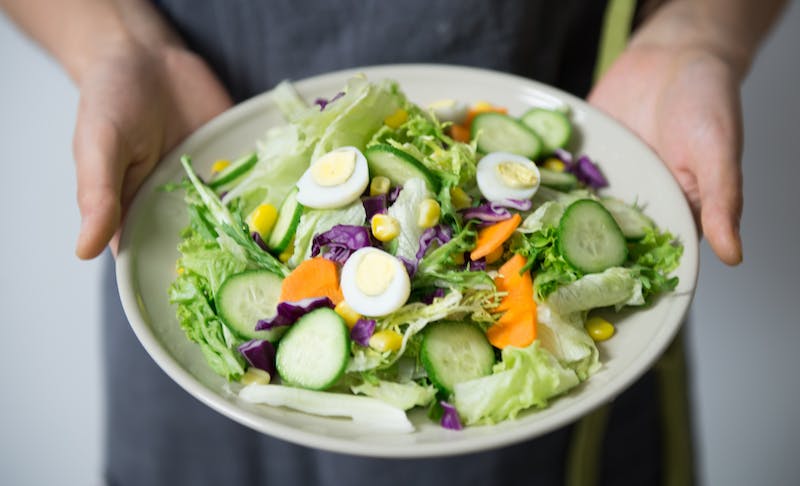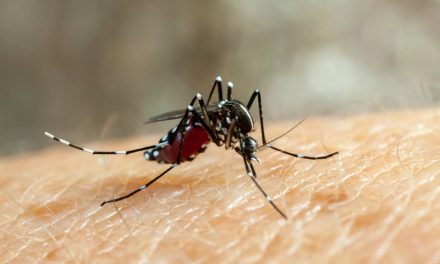So you’ve heard about the Zone Diet and you’re curious to know what exactly you can eat on this popular eating plan. Well, you’re in luck! In this article, we’ll give you a breakdown of the types of food you can enjoy while following the Zone Diet. Whether you’re aiming to shed some pounds or simply adopt a healthier lifestyle, understanding the dos and don’ts of this diet can help you make informed choices and stay on track toward your goals. So let’s jump right in and explore the world of Zone-approved foods!
What Can I Eat On The Zone Diet
Overview of the Zone Diet
The Zone Diet is a popular dietary approach that focuses on balancing macronutrients to optimize overall health and weight management. It was developed by Dr. Barry Sears, a biochemist, and it aims to control inflammation in the body by maintaining a specific ratio of carbohydrates, protein, and healthy fats.
Unlike some other diets that restrict certain food groups or emphasize drastic calorie cuts, the Zone Diet allows you to eat a variety of foods in moderation. It promotes a healthy and sustainable way of eating, rather than promoting quick fixes or extreme measures.
Balancing Macronutrients
To achieve this macronutrient balance, it’s important to choose the right foods and portions. This means focusing on nutrient-dense carbohydrates, lean sources of protein, and healthy fats from sources like nuts, avocados, and olive oil.

Favorable Foods
When following the Zone Diet, there are certain foods that are considered favorable and can be enjoyed in moderation. These include:
- Fresh fruits and vegetables: These are packed with vitamins, minerals, and fiber. Aim to include a variety of colorful options in your meals and snacks.
- Lean protein: Include sources like chicken, turkey, fish, eggs, and low-fat dairy products. These provide essential amino acids for muscle repair and growth.
- Healthy fats: Choose sources like nuts, seeds, avocados, olive oil, and fatty fish like salmon. These fats are important for brain health, hormone production, and overall well-being.
- Whole grains: Opt for whole-wheat bread, brown rice, quinoa, and oats. These provide sustained energy and fiber.
- Legumes: Include options like lentils, chickpeas, and black beans. They offer a good source of plant-based protein and fiber.
- Low-fat dairy: Options like Greek yogurt and skim milk can provide calcium and protein without excessive fat content.
The Zone Diet is all about getting the right balance of macronutrients in each meal and snack. The ideal ratio is 40% carbohydrates, 30% protein, and 30% healthy fats. This balanced approach helps regulate blood sugar levels, control hunger, and maintain steady energy levels throughout the day.
Unfavorable Foods
While many foods are considered favorable on the Zone Diet, there are also some that are best avoided or limited. These include:
- Highly processed foods: Foods like chips, candy, cookies, and sodas should be limited, as they are often high in refined sugars, unhealthy fats, and additives.
- Refined grains: Foods made with white flour, such as white bread and pasta, should be minimized. These can cause rapid blood sugar spikes and do not provide the same level of nutrients as whole grains.
- High-fat meats: While protein is an important part of the Zone Diet, it’s best to opt for leaner cuts of meat and avoid excessive consumption of fatty meats like bacon or sausage.
- Full-fat dairy: It’s recommended to choose low-fat options when it comes to dairy products, as the high-fat content can contribute to excessive caloric intake.
- Sugary beverages: Drinks like soda, sweetened juices, and energy drinks can add unnecessary sugars and calories to your diet. Water, unsweetened tea, and coffee are better choices.

Fruits and Vegetables
Fruits and vegetables are an essential part of the Zone Diet as they provide important nutrients and fiber. Aim to include a variety of fruits and vegetables in your meals and snacks to ensure a well-rounded intake of vitamins and minerals.
Some favorable fruits and vegetables on the Zone Diet include berries, apples, oranges, spinach, broccoli, peppers, and kale. These options are low in calories and high in antioxidants, which help protect the body from free radicals that can contribute to inflammation and chronic diseases.
Protein Sources
Protein is crucial for repair and growth in the body and is an important macronutrient in the Zone Diet. Choose lean sources of protein, such as skinless chicken, turkey, fish, eggs, and low-fat dairy products.
These protein sources provide essential amino acids and are lower in saturated fat compared to fatty meats. Including protein in each of your meals and snacks can help control hunger, promote muscle maintenance, and support weight management.

Healthy Fats
Contrary to popular belief, not all fats are bad for you. In fact, healthy fats are an important part of the Zone Diet. Sources of healthy fats include nuts, seeds, avocados, olive oil, and fatty fish like salmon.
These fats provide essential fatty acids, which are important for brain health and hormone production. Including healthy fats in your diet also helps keep you feeling satisfied, as they slow down digestion and contribute to a sense of fullness.
Carbohydrate Choices
Carbohydrates are a key component of the Zone Diet, but it’s important to choose the right types. Favor nutrient-dense carbohydrates like whole grains, legumes, and fresh fruits and vegetables.
These options provide fiber, vitamins, and minerals, and have a lower impact on blood sugar levels compared to refined carbohydrates like white bread and sugary snacks. Including carbohydrates in each meal can help provide sustained energy and prevent cravings throughout the day.

Meal and Snack Ideas
Here are some meal and snack ideas to give you an idea of what you can eat on the Zone Diet:
- Breakfast: Omelet with vegetables and a side of whole-grain toast. Greek yogurt with berries.
- Lunch: Grilled chicken salad with mixed greens, cherry tomatoes, and avocado. A small serving of quinoa.
- Snack: Apple slices with almond butter.
- Dinner: Baked salmon with roasted vegetables and a side of brown rice.
- Snack: A handful of mixed nuts.
Remember to portion your meals and snacks according to the 40-30-30 ratio of carbohydrates, protein, and fats recommended on the Zone Diet.
Tips for Success
To make the most of the Zone Diet, here are some tips to keep in mind:
- Plan your meals and snacks in advance to ensure you have the right balance of macronutrients.
- Keep a food journal to track your portion sizes and macronutrient ratios.
- Prioritize whole, unprocessed foods over highly processed options.
- Stay hydrated by drinking plenty of water throughout the day.
- Aim to include protein, healthy fats, and carbohydrates in each meal and snack.
- Listen to your body’s hunger and fullness cues to avoid overeating.
- Be mindful of your portion sizes and practice portion control.
- Stay consistent with your eating habits and incorporate regular physical activity for optimal results.
By following these tips and making mindful food choices, the Zone Diet can be an effective and sustainable way to improve your overall health and achieve your weight management goals. Remember to consult with a healthcare professional or registered dietitian before making any significant changes to your diet.
© 2016-2023 by newsbucket.org, a LIVenture LLC.
All rights reserved. No part of this document may be reproduced or transmitted in any form or by any means,
electronic, mechanical, photocopying, recording, or otherwise, without prior written permission of LIVentures LLC.




